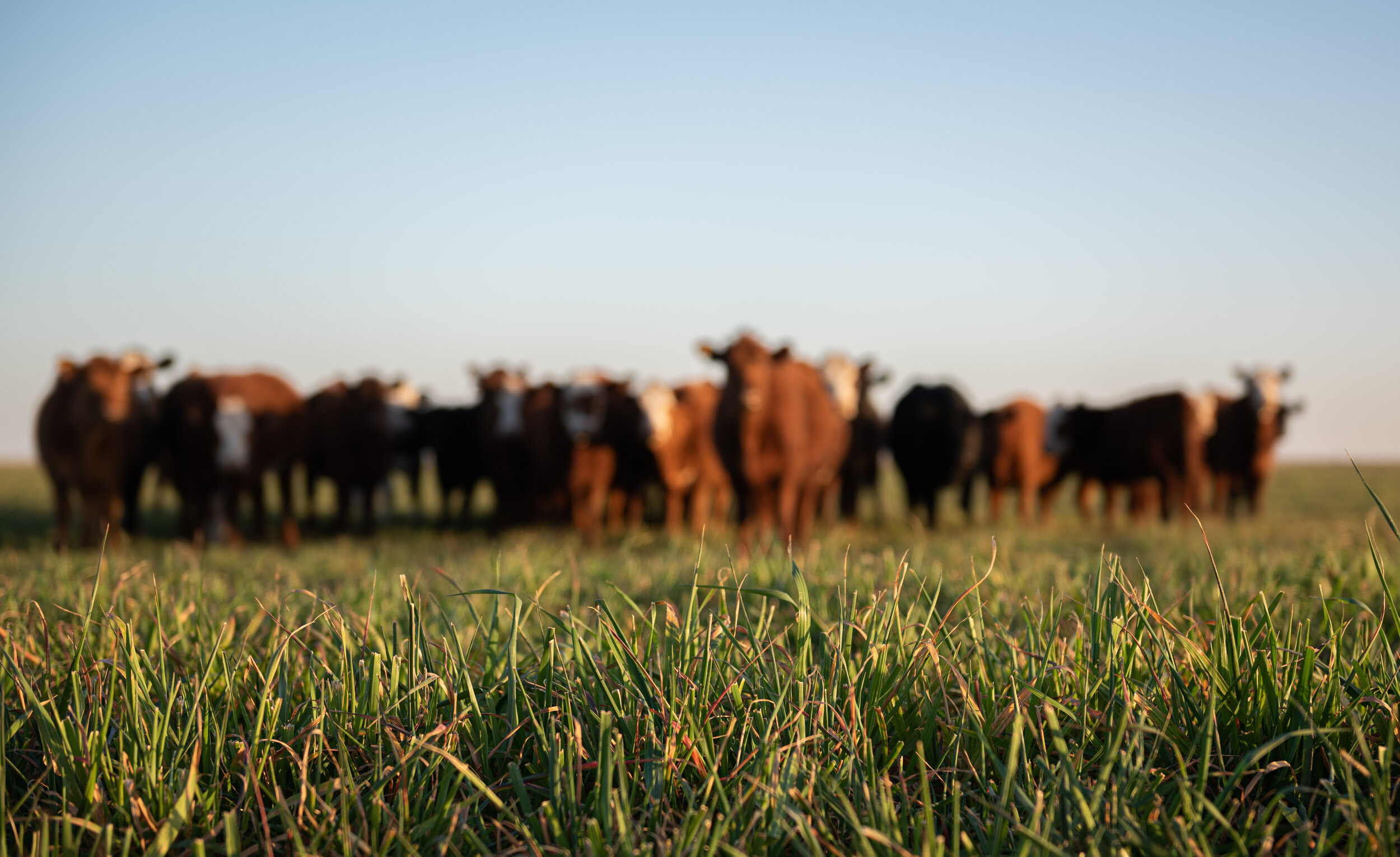Bring back the beef
It may seem counterintuitive to virtue signalling vegans but removing livestock from the land leads to poorer soil and higher emissions. By Nick Cater.
Richard Branson has risen to the challenge of reducing the world’s greenhouse gas emissions by removing beef from the menu of his UK-based Virgin airline network. It might not seem much for a company that expends half a tonne of carbon dioxide for every passenger it flies across the Atlantic, but someone has to set an example. “If every airline in the world could do that, we could actually start saving the rainforests,” Branson said.
Branson’s concern is that the world is running out of farming land and we can no longer afford the luxury of cattle. His home, incidentally, is a 30ha island in the Caribbean, where he owns two dogs called Tofu and Miso which are said to be thriving on a meatless diet.
The explosion in the number of celebrity vegans in the past decade reflects the increasing competition for virtue in a world where wearing a wristband is no longer enough.
“Choosing to live as a sustainable vegan activist,” explains singer-songwriter and twerker Miley Cyrus, “means wearing more vintage, playing with the newest eco-materials and technology, and making custom vegan pieces with some of my favourite designers, like Louis Vuitton.”
British comedian Romesh Ranganathan says people hate vegans because they know they are right. “In terms of my ethical decisions, I am so much better than you. I’m better for the planet, I’m better for the animals,” he says. “There’s nothing worse about me, apart from I’m slightly irritating to have round for dinner.”
The good news for the Australian livestock industry is that none of this irritating nonsense is taken seriously by ordinary consumers. Regular polling by the Meat and Livestock Commission reveals there are roughly twice as many ex-vegetarians in Australia as vegetarians. The proportion of those who survive on a meat-free diet fluctuates at about 7 to 8 per cent while 90 per cent of Australian homes regularly serve beef.
Which is just as well, since grazing of cattle and sheep is an efficient, environmentally friendly way of converting plants into protein and nutrients such as Vitamin B12, needed for making red blood cells and for the proper functioning of the nervous system.
It is easy to understand why a gas-guzzling airline baron might choose to point the global warming finger of blame elsewhere. As a successful entrepreneur whose competitive zeal helped make flying affordable, Branson might be forgiven a little hypocrisy. Less forgivable is his ignorance about meat production and his determination to reinforce the fallacy that its consumption is peculiarly damaging to the environment.
Branson’s claim that farmers could feed more people by turning over grazing land to cropping suggests he doesn’t look out the window on his flights across Australia. About half the Australian land mass is devoted to the production of meat simply because it is unsuitable for growing anything else. The continent’s peculiar geography, topography and climate mean less than 8 per cent of land is suitable for cropping.
The contribution of grazing to greenhouse gas emissions is vastly overstated. The red meat industry’s contribution to national emissions has fallen by 57 per cent since 2005. A decade and a half ago, it accounted for 21 per cent of emissions. Today it is less than 10 per cent. The industry’s ambition to be emissions neutral, and perhaps even carbon-positive, by 2030 is achievable, unlike most of the virtue-signalling targets that are scattered around like confetti.
Emissions avoidance on grazing properties, feedlots and processing plants accounts for most of the improvement so far. The new frontier is in the storage of soil organic carbon through the adoption of smarter grazing management, stock control and the retention of ground cover.
The back-to-nature movement has been chucking muck at sheep and cows for decades, accusing them of destroying the balance of Australian soils. While it is true that some mechanised farming methods have depleted the quality of the soil, farming is undergoing a paradigm shift that is rapidly reversing the process. Widespread change has already occurred in cropping, where reduced tillage has improved soil texture and reduced runoff.
A growing body of evidence demonstrates there is even greater potential to increase the level of soil organic carbon in the 355 million hectares of the continent devoted to grazing. A series of innovations in land-management, sometimes known as regenerative agriculture, is manifestly improving the texture and organic carbon content of soil.
It may seem counterintuitive but recent studies suggest removing livestock from the land leads to poorer soil and higher emissions. Grazing encourages regrowth, which increases the absorption of atmospheric carbon dioxide through the process of photosynthesis. The 80 million tonnes of dung dumped by livestock on Australian grasslands every year increases soil fertility with the assistance of the humble dung beetle. Manure also distributes seeds which increase ground cover and produce more soil organic carbon. Hooves break up the soil, improving its texture and encouraging plant growth.
The utopian idea of giving farmland back to nature that became government policy in NSW under Bob Carr has had a disastrous effect. Soils in the state parks Carr created have grown thinner while feral animals and weeds have thrived.
Had the greenhouse gases emitted from these back-to-nature enclaves been calculated, they would be greater than those of well-managed grazing properties. But Carr’s blushes have been spared by the perverse rules governing emissions accounting. Since emissions from parks are not considered anthropogenic, they are not counted. Not for the first time, we have been badly misled by the insufferable hubris of environmentalism. Australia’s 23 million, honest, decent, patriotic carnivores deserve an apology.

